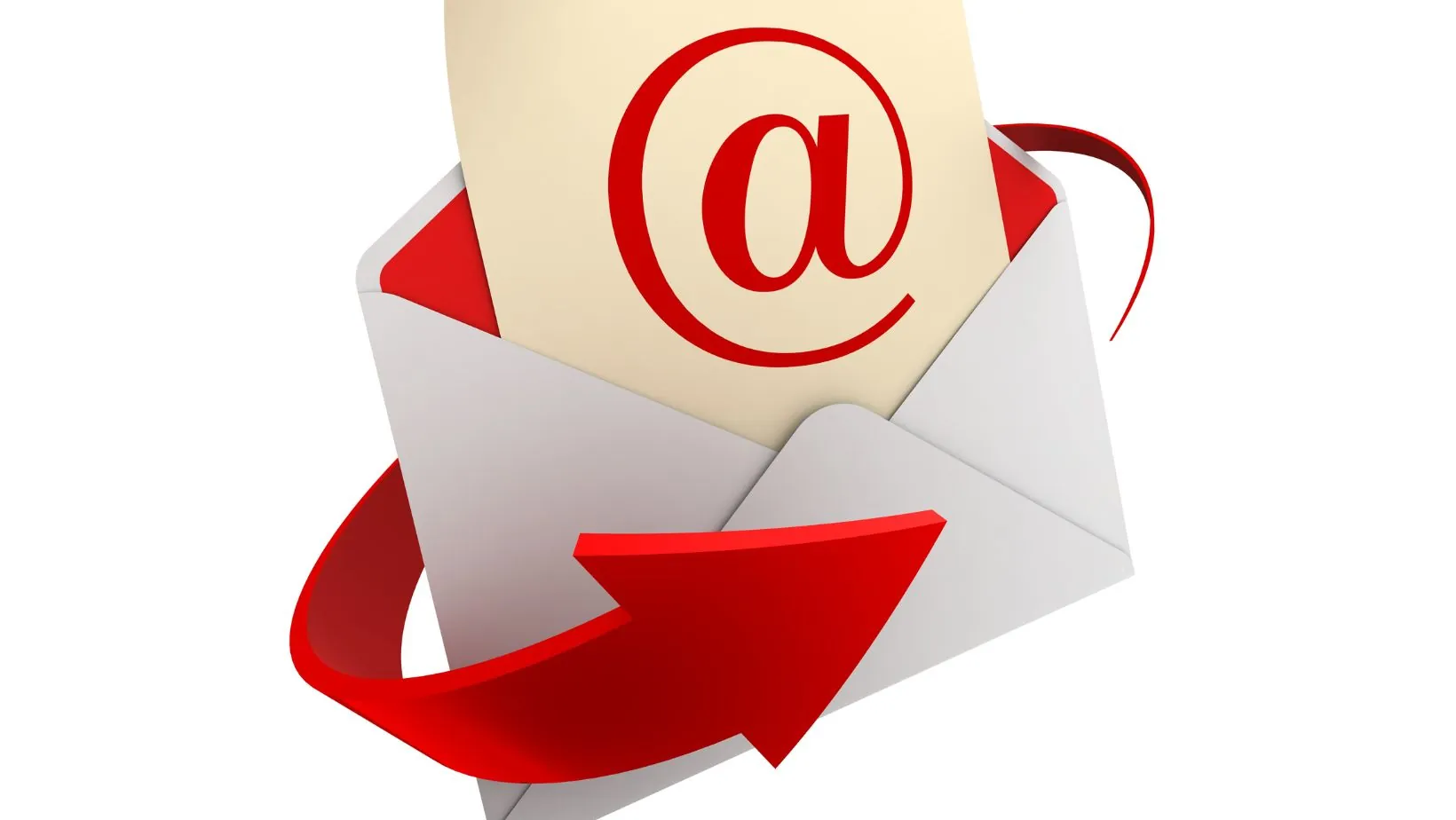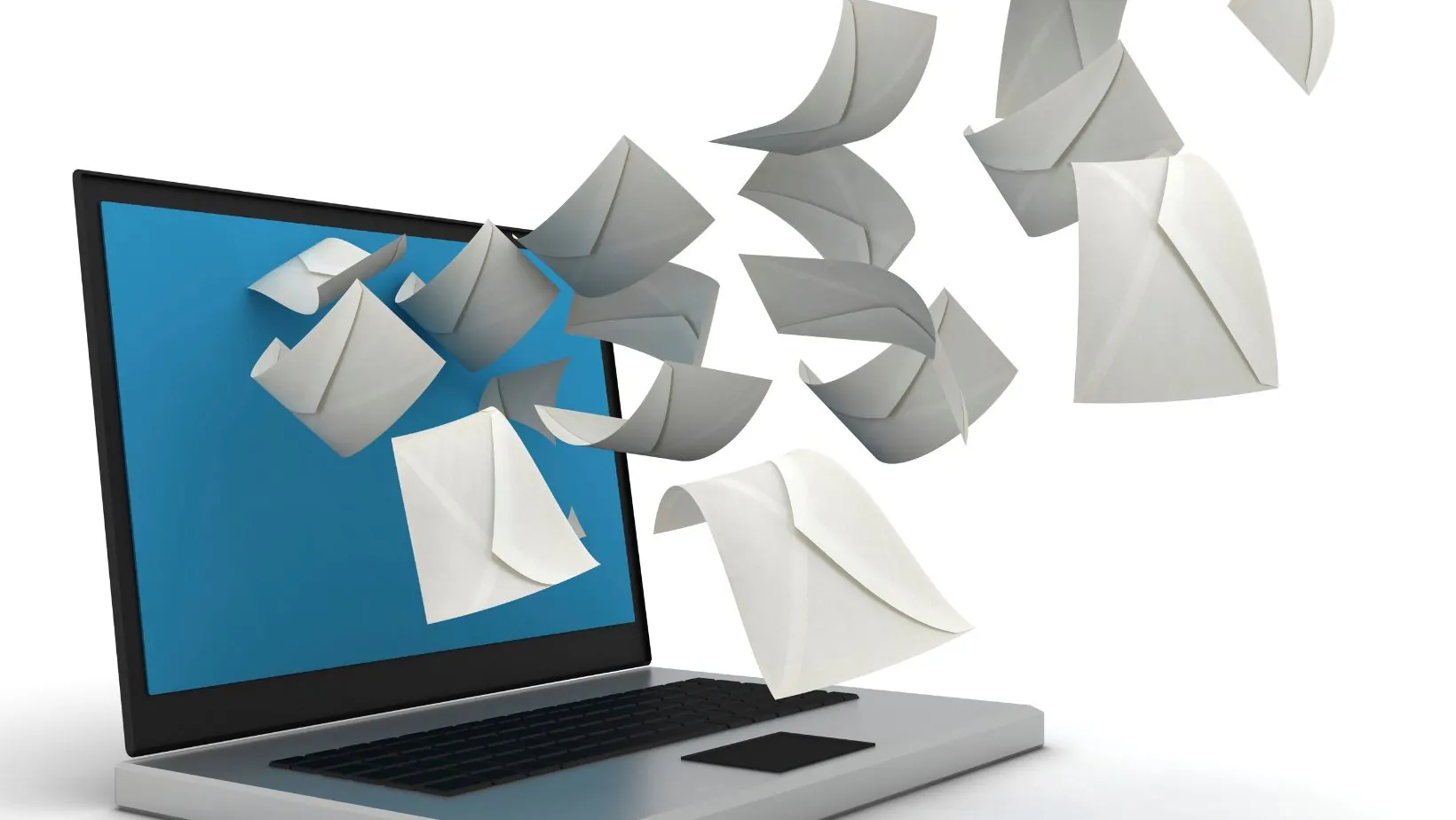Email has come a long way since its earliest days as a basic digital mailbox. Once a novel way to send quick notes between computers, it has grown into a cornerstone of professional and personal communication. But with that growth came chaos—overflowing inboxes, spam storms, and a lack of personalization that made many users tune out. Today, however, email is experiencing a renaissance. It’s shifting from clutter to clarity, powered by smart technology and evolving user expectations.
The Early Days: Simplicity and Novelty
When email first became popular in the 1990s and early 2000s, it revolutionized the way we communicated. Businesses quickly adopted it to replace internal memos and phone calls, while individuals embraced it to stay in touch across time zones and continents. But the novelty soon wore off, and as more people joined the digital revolution, inboxes became flooded.
Marketers saw email as a goldmine, often sending batch-and-blast messages with little regard for user preference or timing. The result? People grew tired of email. The unsubscribe button became a refuge, and open rates plummeted.
The Rise of Inbox Clutter
By the mid-2010s, users were overwhelmed. According to various studies, the average office worker receives more than 100 emails daily. Spam filters helped somewhat, but even legitimate emails often got lost in the noise. Companies kept sending more, hoping something would stick, while recipients became increasingly disengaged.
Inbox zero became a dream rather than a goal. Emails were skimmed, deleted, or worse—ignored entirely. Businesses began to recognize that something had to change if they wanted to reach their audience.
The Shift Toward Smarter Communication
Technology stepped in to bridge the gap. The new era of email is defined by intelligence, relevance, and personalization. Instead of generic blasts, modern platforms allow businesses to craft messages that are timely, targeted, and engaging. Automation tools help send emails with the right message at the right time, to the right people.
Segmentation and data-driven strategies have replaced the one-size-fits-all approach. Whether it’s a newsletter, promotional offer, or internal announcement, today’s email strategies aim to add value rather than add to the noise.

One standout example of this shift can be seen in Poppulo’s email marketing software. Designed to improve employee engagement and streamline corporate communication, the platform helps organizations cut through the noise with targeted, impactful emails that people actually want to read.
Mobile Responsiveness and Design Thinking
Another major factor in email’s evolution has been the rise of mobile. With over 50% of emails now opened on smartphones, responsiveness is no longer optional. Emails need to look good and function well on all devices—fast-loading, scannable, and easy to act upon.
Modern email design focuses on user experience. Clear subject lines, concise content, strong calls to action, and minimal clutter make emails more digestible. Visual elements like infographics, embedded videos, and interactive components are helping boost engagement and retention.
Measuring Success: From Vanity Metrics to Meaningful Insights
In the past, open and click-through rates were the main success metrics. Today, businesses are digging deeper. Engagement is about more than a single click—it’s about how users interact with content, whether they take action, and how emails contribute to larger goals like retention, conversion, or employee alignment.
Analytics tools now offer granular insights, allowing for continuous improvement. A/B testing, heatmaps, and behavioral tracking help organizations refine their strategies and create content that resonates.
Looking Ahead: AI and the Future of Email
Artificial Intelligence is poised to play an even bigger role in shaping email communication. AI-powered tools can already write subject lines, optimize send times, and even generate personalized content at scale.

Predictive analytics can identify which emails are most likely to perform well, making connecting with audiences in meaningful ways easier. People can expect even more intuitive, adaptive email experiences as AI matures. The future may hold self-organizing inboxes, real-time content adjustments, and predictive delivery systems that anticipate user needs before they’re expressed.
Final Thoughts
Email is far from dead—it’s simply smarter. Email has regained relevance by moving away from the chaos of cluttered inboxes and embracing targeted, user-focused communication. For businesses and organizations willing to evolve, email remains one of the most powerful tools for connection, collaboration, and impact.



